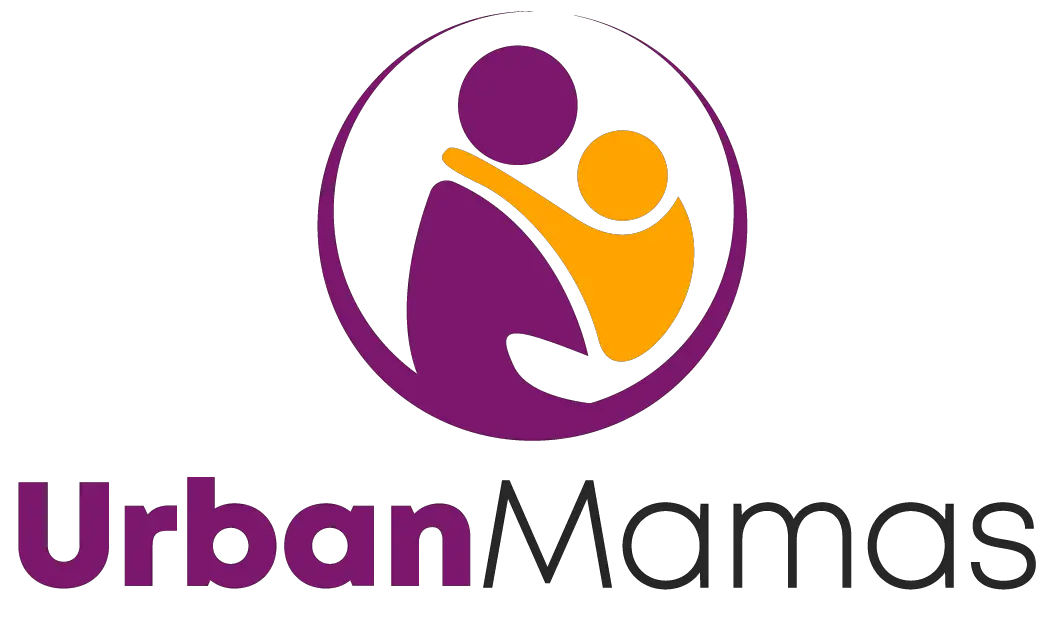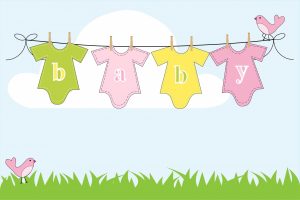Table of Contents
Overview
We have been using baby oils for many things, and if you have a little bundle of joy in your home, you might be using baby oils extensively. Let’s admit it; we all love using baby oils because of its relaxing scent and calming effect when applied on the skin. Still, no matter how careful we are while using our all-time favorite baby oils, we always end up with a few drops of spills and drips all over.
We know how it can be super frustrating when we get baby oil spills on linen and clothing, so if you want to know some great tips and tricks on removing baby oil out of clothing, then read on!
Baby oils
Baby oil is a staple in every household, especially if you have kids around. They are extensively used in massaging babies, even adults, and are often applied to hair too. Baby oils are absolutely safe and easy to use; however, they easily drip and spills over your upholstery, carpets, and even clothes. And does baby oil stain? Yes, absolutely! Are baby oil spills easy to remove? Unfortunately, they can be challenging.
Since oils can be tough to remove from fabrics and clothing, removing baby oil stains can be tough. Removing baby oil from clothing will need more than just regular soaking and washing.
Removing baby oil from clothing
Treatment
If you want to remove baby oil stains from clothing effectively, you must treat your clothing before washing it. You may use stain removing solutions, cornstarch, and even baby powder. Lay your stained clothes on a flat and stable surface, saturate the stained area with the removing solutions and let it stay for ten to twenty minutes. Cornstarch and baby powder help remove stains by absorbing the oil from the fabric, making it easier to remove.
Scrub-a-dub
After pre-treating the oil stains, brush or scrub the stained area with a soft brush or dry sponge. Check if there is too much oil stain or residue left and repeat the treatment process. If there is little to no baby oil stain left, you can pour liquid dish detergent on the area and leave it for about fifteen minutes.
Wash
After removing the baby oil stains, proceed to wash your clothes as you normally would. But first, wash the stained and the treated area with warm running water. Next is to wash your soiled clothing like you normally would, either throw in the washing machine or hand wash the clothes. Use a laundry detergent that is safe to use on baby clothes and delicate fabrics.
Double-check
After washing, check for still visible stains. If stains are visible, repeat the treatment process and wash the stained area. Do the checking before your dry the clothes.
Dry, hang, and use again.
After completely checking, you may dry your already clean and crisp clothing free of baby oil stains. They are now again ready to be used.
Removing other stains from clothing
Other than baby oils, other substances may stain your baby’s clothing and yours too. The most common one is stained from formula milk or breast milk. This happens due to spit-ups and spills. Milk may spill due to ripped milk bags, leakage from water bottles, or simply because of unwanted splashes during the milk preparation. To avoid leaks, always choose only the best baby bottles and the best milk bags.
However, feedings can still be messy, and the inevitable milk stains will eventually happen. To effectively remove these stubborn stains, we suggest that you tackle them as soon as possible. If you cannot treat and wash right away, you can always use milk stain removal wipes. This is a great addition to be kept in your baby’s backpacks for easy and quick clean-ups. Another suggestion is that you soak your stained clothing in oxygen-based bleach. This type of bleach is safe to be used on both colored and white fabrics. Also, never use hot or warm water when removing milk stains from clothing since the hot water “cooks” the protein content of milk, making it harder to remove. When removing milk stains, it takes more than one treatment or soaking – patience is the key!
The best detergent for baby clothing
Your baby’s skin can be very delicate and sensitive. That’s why he has to use detergents that are safe and gentle enough for our little ones. So what are the characteristics of a good detergent for baby clothing?
- Hypoallergenic and mild detergents are a must if your baby has very sensitive skin or has rashes or skin eczema.
- Good detergents for baby clothing should also be free of dyes and harmful chemicals, these should be avoided since babies tend to bite or chew on their clothing or other fabrics near them.
- Detergents are also only safe for babies if they are free of brighteners and has little to no preservatives. Avoid using industrial-strength bleach solutions for baby clothing.
- A great detergent for baby clothing should be gentle on the skin but tough on stains!
Remember to use baby-safe detergents on fabric that your baby always uses, such as blankets, sheets, swaddles, and if you like to cuddle a lot with baby, include yours and your family’s clothing too.
Final Thoughts
Having a baby is fun and fulfilling, but it can be a lot of work too. Maintaining cleanliness is a must around babies, and that includes keeping their clothes and other fabrics stain-free. We hope this article helped you in keeping your clothes and fabrics squeaky clean and stain-free.

